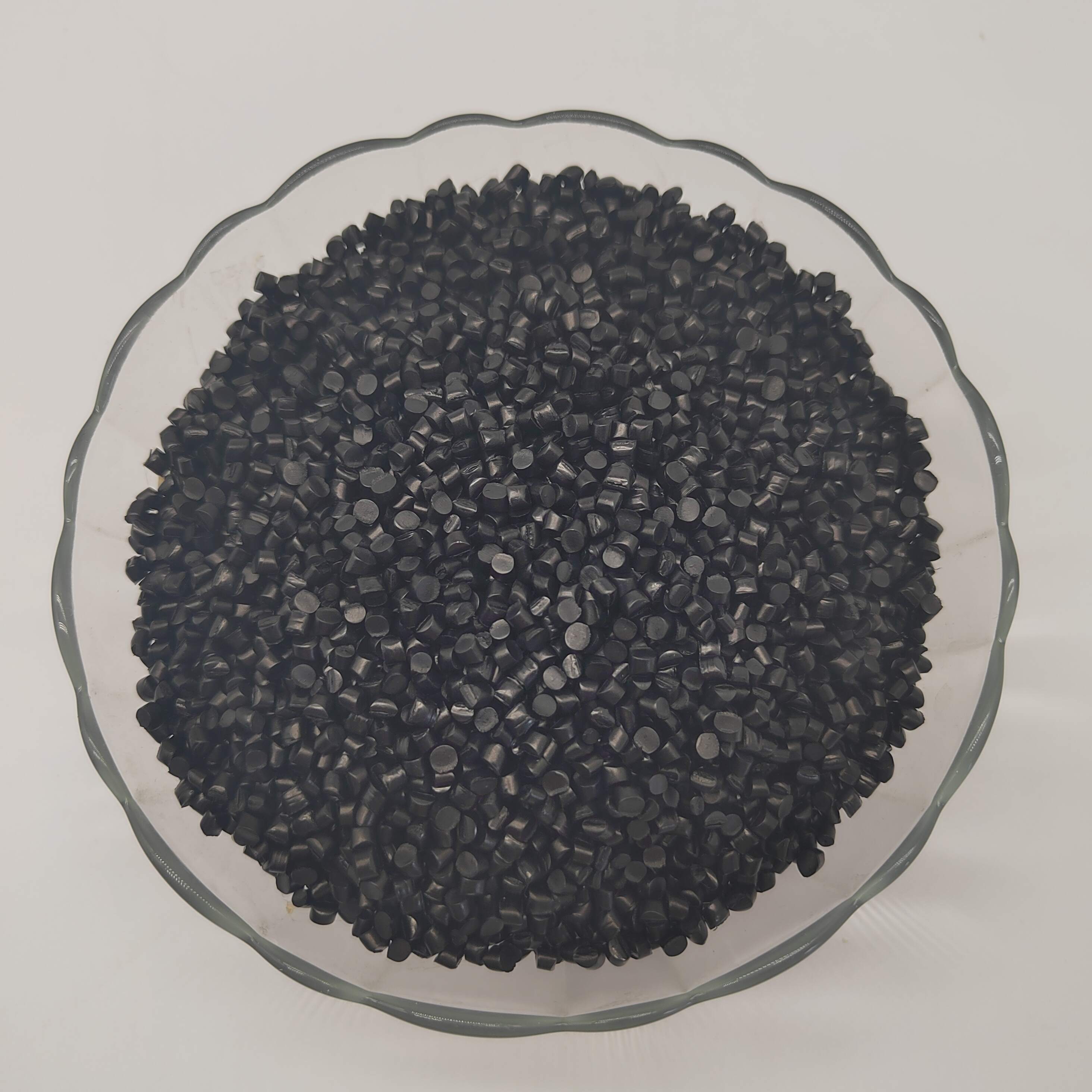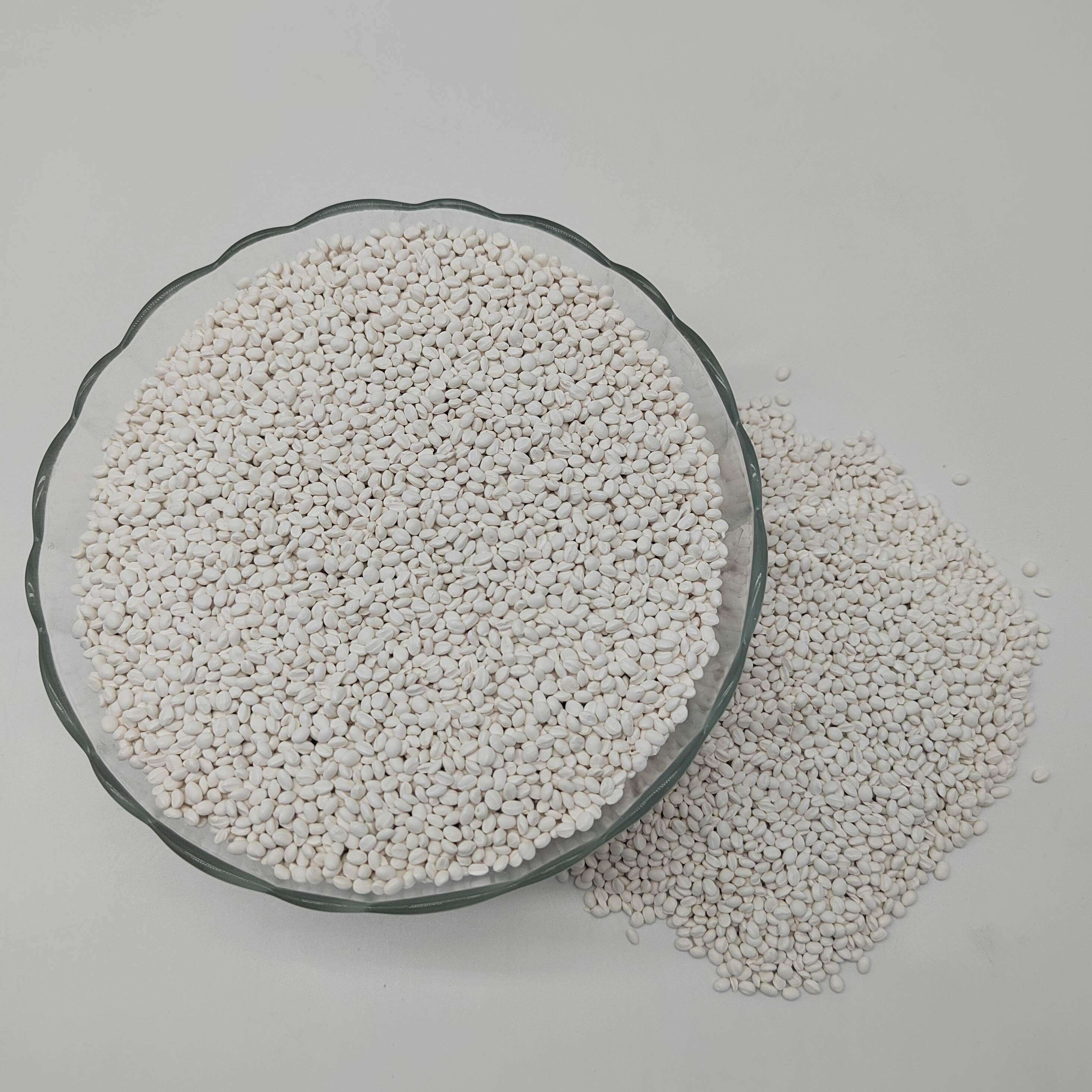Email format error
Email cannot be empty
Email already exists
6-20 characters(letters plus numbers only)
The password is inconsistent
Email format error
Email cannot be empty
Email does not exist
6-20 characters(letters plus numbers only)
The password is inconsistent

Offer Technical Support and Customized Solutions
The company is committed to creating new and improved plastic materials to meet the evolving demands of the market.

Common Flame Retardants Used in Plastic Compounds: Types, Mechanisms, and Selection Guide
As plastics are increasingly used in industries such as electronics, automotive, construction, and telecommunications, flame retardancy has become a crucial factor in ensuring material safety and compliance with regulatory standards. Flame retardants, as essential additives, play a vital role in suppressing or delaying combustion in plastic materials.
This article provides a comprehensive overview of commonly used flame retardants in plastic formulations, their classifications, flame-retardant mechanisms, performance characteristics, and selection guidelines for different polymer systems.
1. Classification of Flame Retardants
Flame retardants are typically categorized based on their chemical composition and flame-retardant mechanism:
| Type | Halogen Content | Common Substrates | Main Mechanism |
|---|---|---|---|
| Halogenated | Yes | PP, ABS, HIPS | Radical trapping, flame inhibition |
| Phosphorus-based | No / Low | PC, PA, PBT | Char formation, insulation |
| Nitrogen-based | No | PP, EVA, TPV | Intumescence, gas-phase dilution |
| Inorganic hydroxides | No | PVC, EVA | Heat absorption, dilution |
| Intumescent systems | No | PP, PE, EVA | Protective foamed char layer |
2. Common Flame Retardants and Their Characteristics
2.1 Halogenated Flame Retardants
Representative Products:
-
Decabromodiphenyl ethane (DBDPE)
-
Brominated cycloalkanes (e.g., HBCD – being phased out)
-
Brominated epoxy oligomers
Mechanism:
Decomposes under heat to release halogen radicals (e.g., Br·), which capture highly reactive species (H·, OH·) in the flame, thus interrupting the combustion chain reaction.
Pros:
-
High efficiency with low dosage
-
Suitable for a wide range of polymers
Cons:
-
Releases toxic and corrosive gases during combustion
-
Fails to meet environmental regulations (e.g., RoHS, REACH)
2.2 Phosphorus-based Flame Retardants
Representative Products:
-
Organophosphates (e.g., RDP, BDP, TPP)
-
Ammonium polyphosphate (APP)
-
DOPO derivatives (e.g., ADP, DOPRO)
Mechanism:
-
Condensed phase: Catalyzes carbonaceous char formation on the surface of the polymer, creating a thermal barrier
-
Gas phase: Suppresses flame by interfering with radical reactions
Pros:
-
Halogen-free, low smoke generation
-
Suitable for engineering plastics such as PC, PA, PBT, TPU, etc.
Cons:
-
Some types exhibit limited compatibility with polymer matrices
-
May require coupling agents or synergists for better dispersion
2.3 Nitrogen-based Flame Retardants
Representative Products:
-
Melamine
-
Melamine cyanurate (MCA)
-
Guanidine compounds
Mechanism:
Thermally decomposes to release inert gases (N₂, NH₃), which dilute flammable gases and promote intumescence. Often used in synergy with phosphorus compounds in intumescent formulations.
Pros:
-
Halogen-free, non-toxic
-
Strong synergistic effects in IFR systems
Cons:
-
Low thermal stability limits use in high-temperature processes (>250°C)
2.4 Inorganic Hydroxides
Representative Products:
-
Aluminum hydroxide (ATH)
-
Magnesium hydroxide (MDH)
Mechanism:
Absorbs heat during decomposition and releases water vapor, which cools the substrate and dilutes combustible gases.
Pros:
-
Environmentally friendly, non-toxic, smoke suppressant
-
Good for low-temperature processing
Cons:
-
Requires high loading (typically 40–60 wt%) which can compromise mechanical properties
2.5 Intumescent Flame Retardants (IFR)
Typical Components:
-
Acid source: Ammonium polyphosphate (APP)
-
Carbon source: Pentaerythritol
-
Gas source: Melamine
Mechanism:
Upon heating, the system undergoes foaming and charring to form a thick, intumescent carbonaceous layer that insulates the underlying polymer from heat and oxygen.
Pros:
-
Halogen-free, low smoke, eco-friendly
-
Especially effective in polyolefins and EVA
Cons:
-
Requires precise formulation balance
-
Processing stability and compatibility must be optimized
3. Guidelines for Flame Retardant Selection
| Selection Factor | Recommended FR Types |
|---|---|
| High flame-retardant grade (e.g., UL94 V-0) | Halogenated, IFR, DOPO-based |
| Environmental compliance (RoHS, REACH) | Halogen-free phosphorus, nitrogen, ATH/MDH |
| High processing temperature (>280°C) | DOPO derivatives, MDH, organophosphates |
| Mechanical strength & clarity | Low-dosage phosphorus FRs |
| Low smoke & toxicity | IFR, nitrogen/phosphorus synergistic systems, ATH |
4. Conclusion
Flame retardants are essential functional additives that significantly enhance fire safety in polymer systems. With the shift toward safer and more sustainable materials, non-halogenated and eco-friendly flame retardants are gradually replacing traditional halogenated types. A deep understanding of flame retardant types, mechanisms, and their interaction with polymer matrices is crucial for efficient material design and regulatory compliance.
For technical datasheets (TDS), sample support, or flame-retardant formulation recommendations, feel free to contact our team. We provide tailored solutions for a wide range of polymer applications.

